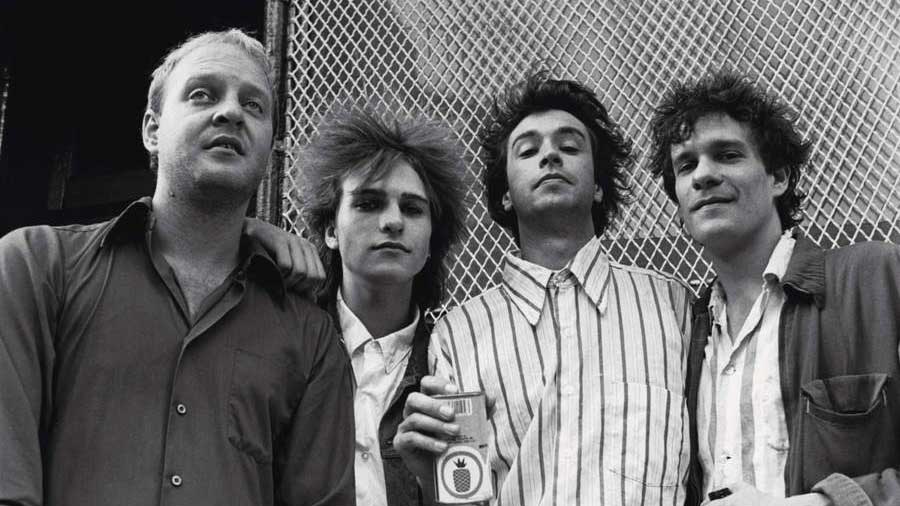
Prior to The Replacements making Let It Be, the basic blueprint for American alt.rock was set in stone. It was unrelentingly fast, loud and hardcore, as embodied by the likes of The Replacements’ Minneapolis hometown rivals Hüsker Dü, Black Flag, Minor Threat and many more.
The Replacements had started out along the very same path. Their debut album for local indie label Twin Tone, 1981’s Sorry Ma, Forgot To Take Out the Trash, was a mess of breakneck songs, all conceived in the basement of frontman Paul Westerberg’s parents’ house. That much might have suited guitarist Bob Stinson, his younger brother Tommy Stinson on bass and drummer Chris Mars just fine, but it was too confining for Westerberg. “I never really liked being part of a group or a team,” he said in 1984. “I like to be alone.”
His band’s third full album was Westerberg’s manifesto writ large. Titling it after a Beatles record spoke volumes. Westerberg was in thrall to the classic rock and pop canon, although his version was filtered through the prism of The Replacements’ chaotic, drunken modus operandi, with songs that spoke of teenage ennui and suffocating sexual frustration.
With The Replacements having toured with R.E.M. the previous summer, their guitarist Peter Buck was lined up to produce Let It Be. Typically, in the event Westerberg didn’t have enough songs together by the time Buck was ready for them, and the moment passed. Westerberg ended up overseeing the production instead, and Buck’s contribution amounted to a guitar part on one track, opener I Will Dare.
No matter. In total, Let It Be threw open the doors for the entire American underground rock movement. From the surging jangle of I Will Dare and on through 10 more ragged but gloriously tuneful and heartfelt songs, Westerberg effectively tore up the rulebook. Let It Be revelled in its roots, but then gloried in breaking free from and confounding those same traditions.
The furiously charging We’re Going Out, Androgynous with its rolling piano, the bittersweet lament of Sixteen Blue, a desolate re-imagining of Kiss’s Black Diamond… these were songs that were all at once so tumbledown in their rendering they were forever on the verge of collapse and yet heroically vaulting in their scope and ambition.
Upon its release, Let it Be was met with glowing reviews from within the very same underground it sought to subvert. Writing in Seattle free sheet The Rocket, future Sub Pop label co-founder Bruce Pavitt opined: “[It] could well shoot these regional boys into the national mainstream.”
It so nearly did. Major label Sire snapped up The Replacements for their next record, 1985’s Tim. It and the three albums that followed hinted at greatness, without ever quite matching Let it Be or breaking The Replacements out. They were always too wilful, too self-defeating to make like R.E.M.
The band finally fell apart around Westerberg in 1991. Bob Stinson drank himself to an early death four years later. By then Westerberg had already written his own epitaph, on another of Let it Be’s standout tracks. ‘I’m so dissatisfied,’ he sang on Unsatisfied, howling himself hoarse. ‘I’m so unsatisfied.’







